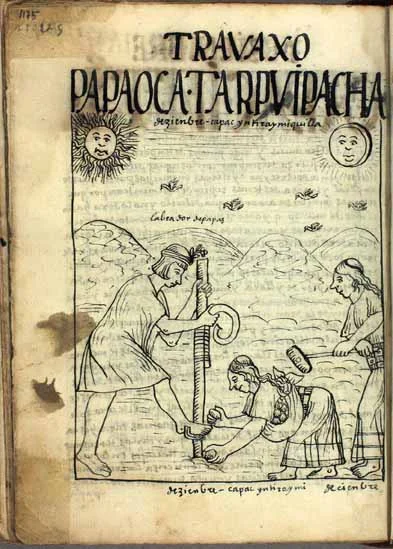
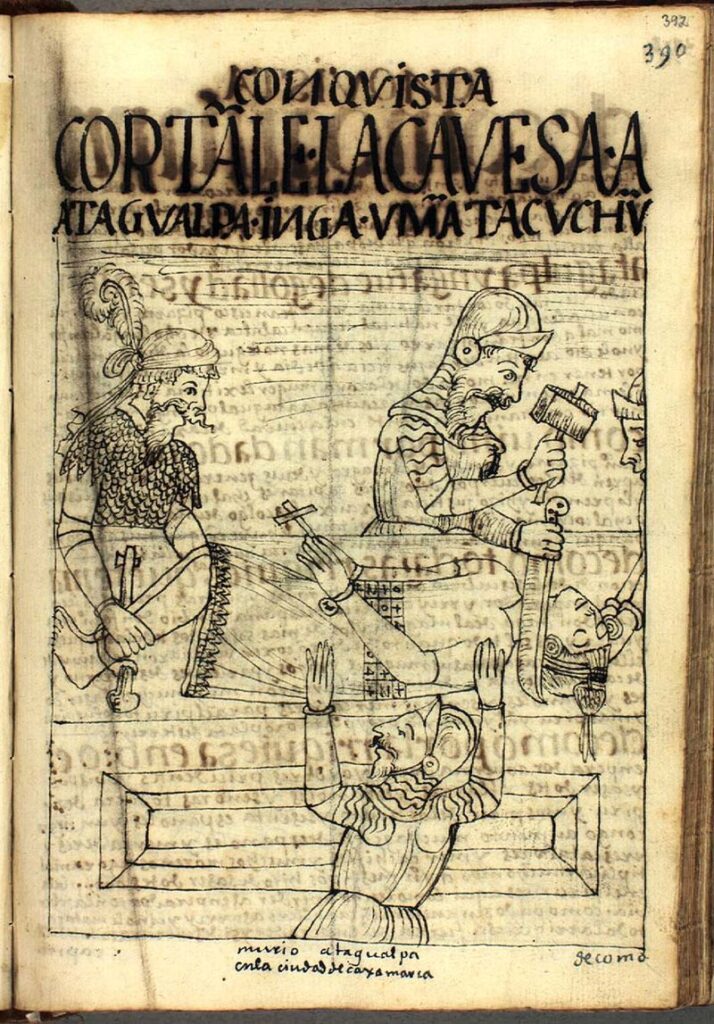
Throughout this article, we’ll be featuring pages from Guáman Poma’s 1615 El Primer Nueva Corónica y Buen Gobierno. Within the book, the Quechua noble chronicled the ill-treatment of Andes Natives to present to the Spanish Monarchy.
Let’s begin with an excerpt of crops that were cultivated, developed, & harvested by Native Americans prior to 1493:
- Tomatoes.
- Beans.
- Peanuts.
- Cacao. (Chocolate)
- Blueberries.
- Cashews.
- Guava.
- Quinoa.
- Strawberries.
- Pecans.
- Yerba Mate.
- Yucca.
- Potatoes.
- Corn.
- Peppers.
- Rubber.
- Vanilla.
- Avocados.
- Pumpkins.
- Zucchini.
- Papaya.
- Dragon fruit.
- Açaí.
- Sweet Potatoes.
Marketed as ‘exotic New World acquisitions,’ proper credit/correlation has never been attributed to the development of the food staples our respective societies take for granted today.
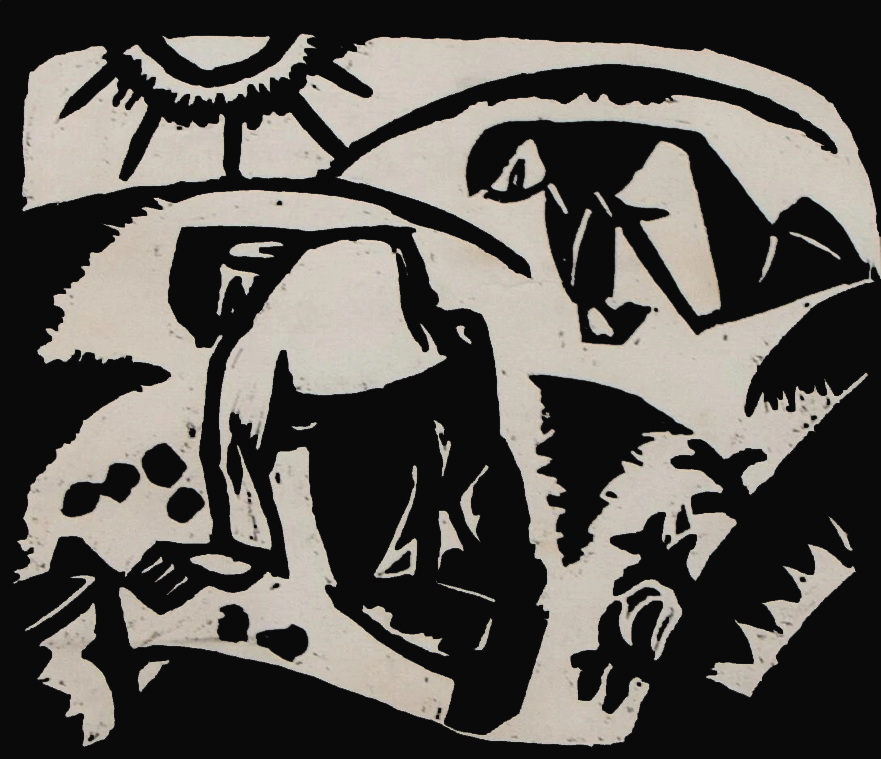
Here’s some facts about Native American crops you may not have known:
– The most consumed vegetable on the planet is the tomato at ~182M tonnes produced yearly. The variety we eat today was developed by Mesoamerican ancients. That is to say: not even pizza was what we know it as until the colonization of the Americas.
– The Incan Empire developed more than 3000 distinct potato varieties through irrigation & aqueducts. This highly caloric crop eventually became an important staple of the diet in much of Europe, contributing to an estimated 25% of the population growth in Afro-Eurasia between 1700 and 1900.

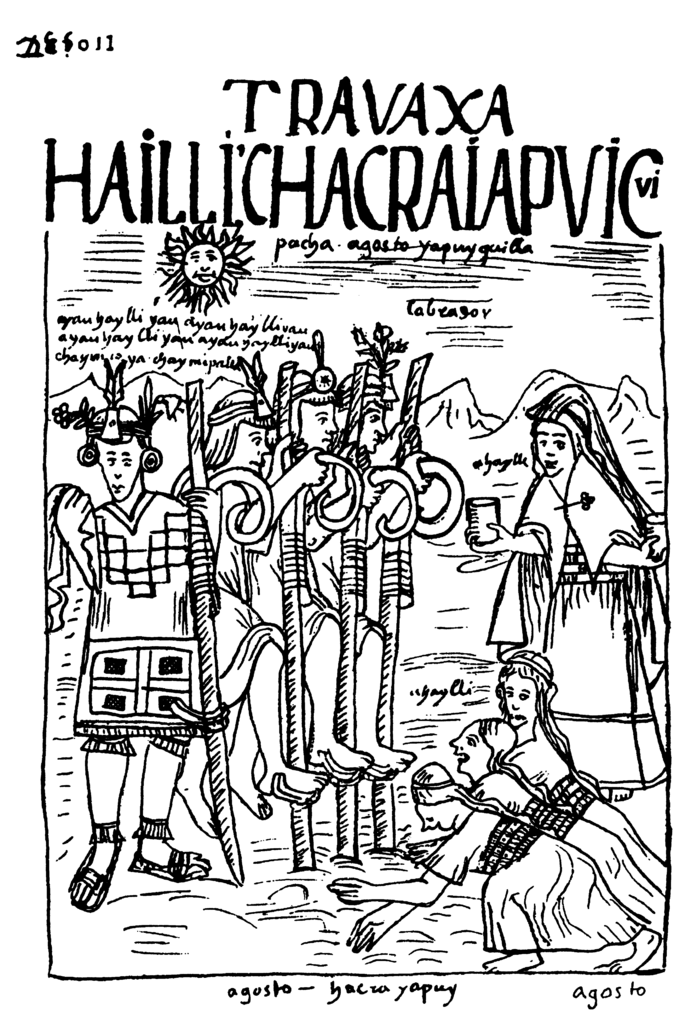
– The most consumed nut in the world is the peanut. Hailing from Brazil, there’s substantial evidence Incans were the first to mash peanuts to a paste as a spread. However, peanut butter was popularized as ‘invented’ & patented in 1895 by Dr. Kellog (of cereal fame).
– Every variety of pepper existed solely on the American supercontinent prior to European contact. Yes, the entire palate of spicy food existed solely on American soil until the Portuguese & Spanish brought them to the coast of Africa & South Asia, where they are synonymous with respective local cuisines today.

The Columbian Exchange gave birth to a renaissance of nutrition & new flavors that Afro-Eurasian countries have since absorbed into their kitchens. But on the flip side, the Indigenous peoples exploited into passing on said crops were enslaved, massacred, forced out of their homelands, & absorbed into the lowest ranks of the Eurocentric American societies that persist today.
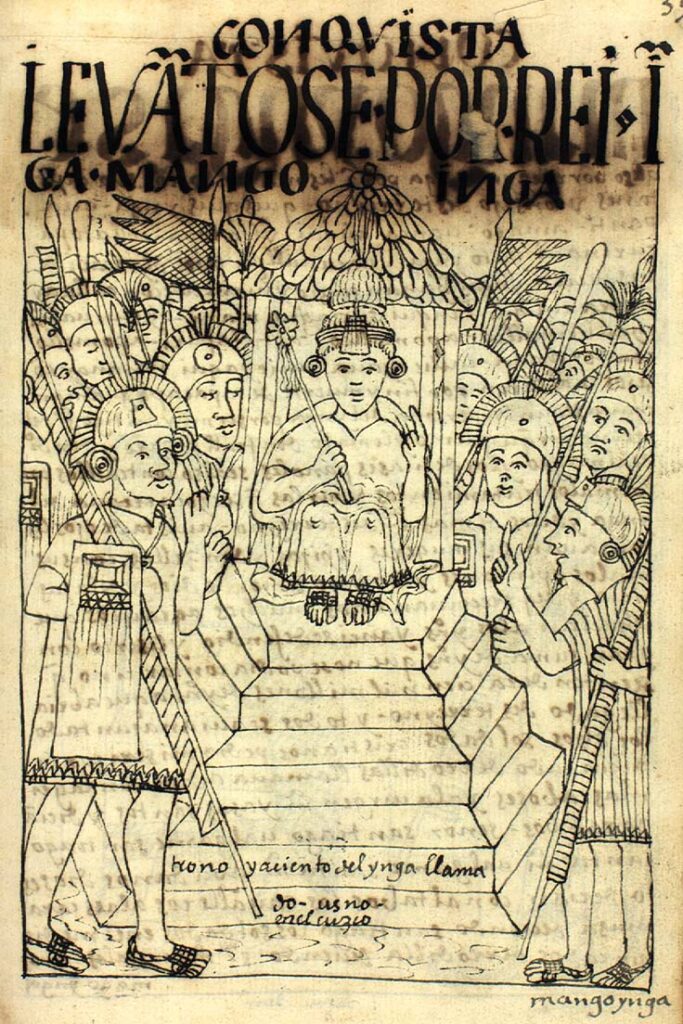

This article is intended to educate & garner solidarity for Indigenous peoples across the Americas, in junction to prompt readers to research their own diets in promotion of sustainable & natural eating habits.